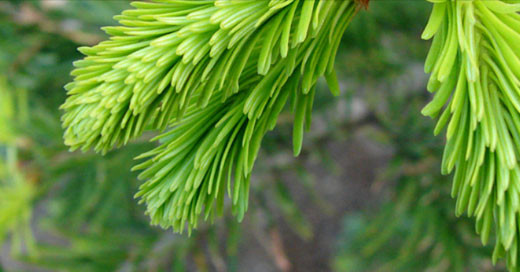4 ways to take advantage of your old stories to generate new audience
eprinted from GateHouse Newsroom
Newsrooms should start optimizing their evergreen content. The opportunities are big.
We're now about 18 months into our relationship with Parse.ly, a real-time analytics tool GateHouse Media uses in nearly 50 of our newsrooms.
The tool has been incredibly valuable as it has allowed our newsrooms to focus in a very real-time way on what is trending and why, and to help our editorial leaders figure out what stories to keep pursuing and which ones have run their course.
One of the interesting discoveries to come out of our work with Parse.ly has been the popularity of evergreen content. Parse.ly defines evergreen content as stories that extend beyond a typical three-day cycle.

I hear over and over from our newsrooms that they are seeing stories pop to the top of their most read and most shared analytics that are months and sometimes years old. There's often confusion as to why.
While the answer may not always be clear, it's definitely worth spending time examining how you could maximize the engagement of those pieces.
Here are a few things to consider with evergreen content:
1. On the anniversary of a news event, you might find an old story spiking. Maybe the story is a big storm or maybe it's just the opening or closing of a popular business in town. It may be worth it to share the story again on social media and ask your audience for their memories. Example: "It's been a year since John's Crab House closed. Do you remember the iconic restaurant? Share with us today and look back on some of the photos we shot as the restaurant shut its doors this time last year."
2. The story very well may be a national feature piece. In this story, explaining tools to manage evergreen content, Parse.ly features an example from a Mashable story: "What to remove first when your phone storage is full." Even a year after Mashable posted the story, it still does well. Is it OK to republish that post in social media if you see it picking up steam again? I think so, but you need a hook. Example: "Hey parents, graduations are coming up, and you'll be snapping lots of photos. Here are some tips on what to remove if your phone storage is full."
3. Sometimes you need to search for the trend. Maybe you had a story at some point that's related to a regional or national pop culture trend that is getting picked up. Look at popular Google search terms or Facebook trending reports to see if you can figure out why. And then repost the piece, connecting it to whatever that trend might be.
4. Sometimes an evergreen story is gaining in popularity because there have been new developments. It's worth making a few calls after you see the story spike to see if there is a follow up. For example, in Utica, N.Y., a 2014 story about the "Potato Hill killer" spiked recently. The newsroom thought maybe a parole hearing was coming up, but they learned that the spike was from buzz about a new movie partially based on the murders. The information prompted a Facebook post linking to the old story and a new story on the movie, which will be shot locally.

Social media is an obvious platform to repost content like this. And even if you don't do a follow-up story, you can create headlines for your website that explain why the story is trending and then repackage the news. Back to the Mashable example, "With graduations around the corner, here are photo storage tips," you could have a few graphs about upcoming graduations and then link to the old story.
It's smart to react to the trend if you can understand why it's happening or how to make it relevant again for readers. But it's also worthwhile to do regular analysis of your content to see what sort of content is popular during different times of the year. If you know, historically, that during a certain month, your audience is searching for bridal information, it may be smart to pull out the most popular content in the last year – assuming it's timeless – and re-share it.
We spend so much time and energy creating the best content we can. In many cases, we can optimize that content months – and sometimes years – after we created it.
David Arkin oversees GateHouse Media's print and digital content strategies, as well as the company's digital development and online product strategy. In 2014, he launched the Center for News & Design in Austin, Texas, which provides editing and design services for more than 175 GateHouse newspapers. Since 2012, Arkin served as vice president of content & audience for GateHouse Media. From 2007-2011, he served as executive director of the News & Interactive Division for GateHouse where he launched the company's national news service, developed its digital content strategy and led its newsroom training programs. Prior to that, Arkin served as executive editor for newspapers in New York, Alabama, California and Texas. Arkin serves on the Associated Press Media Editors board and the Local Media Association Foundation Board.






